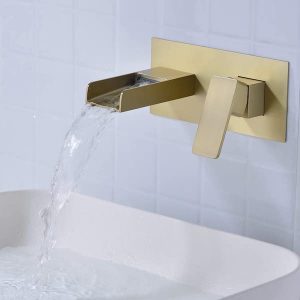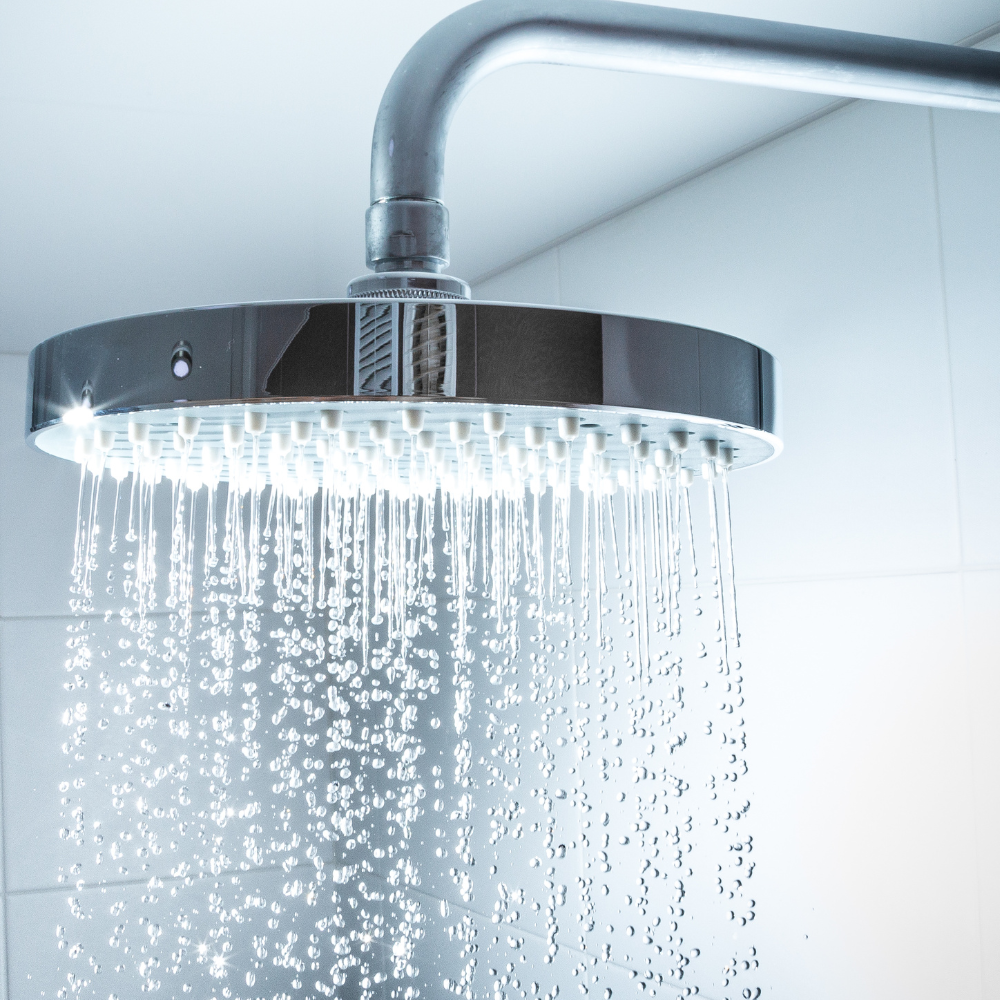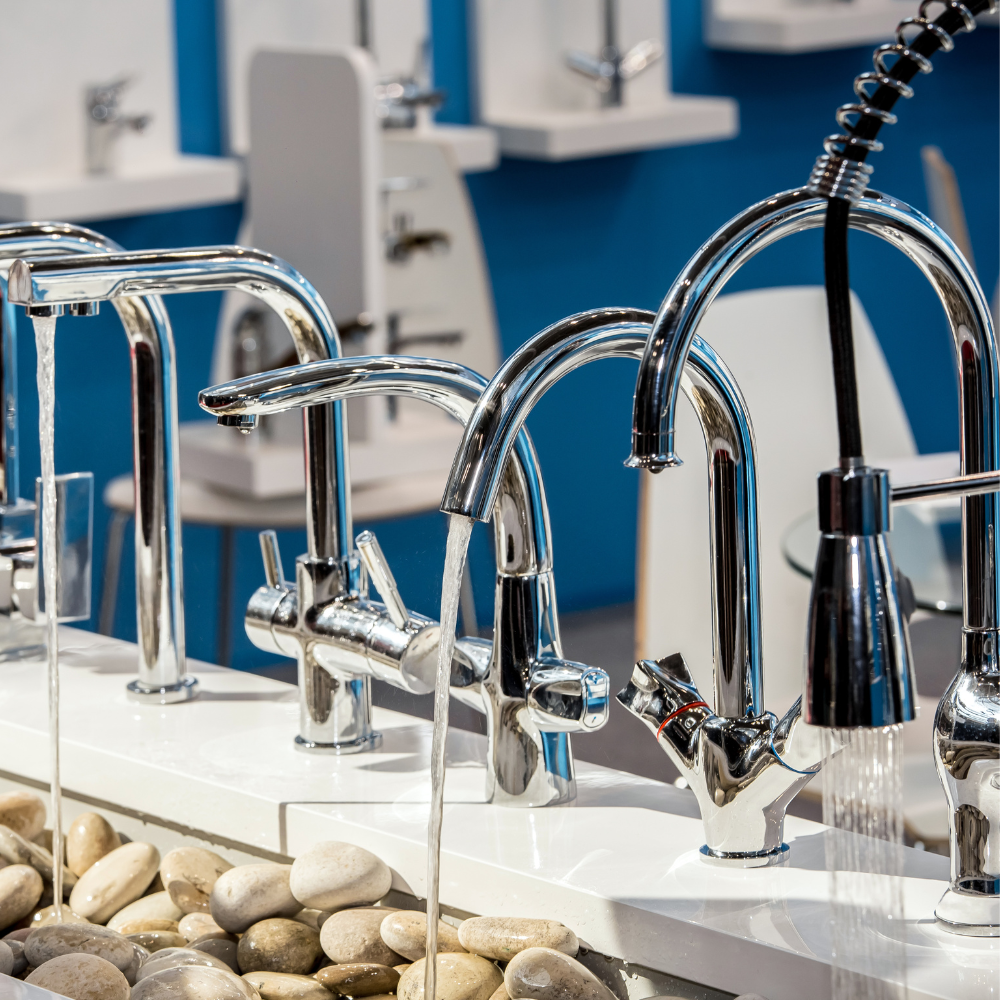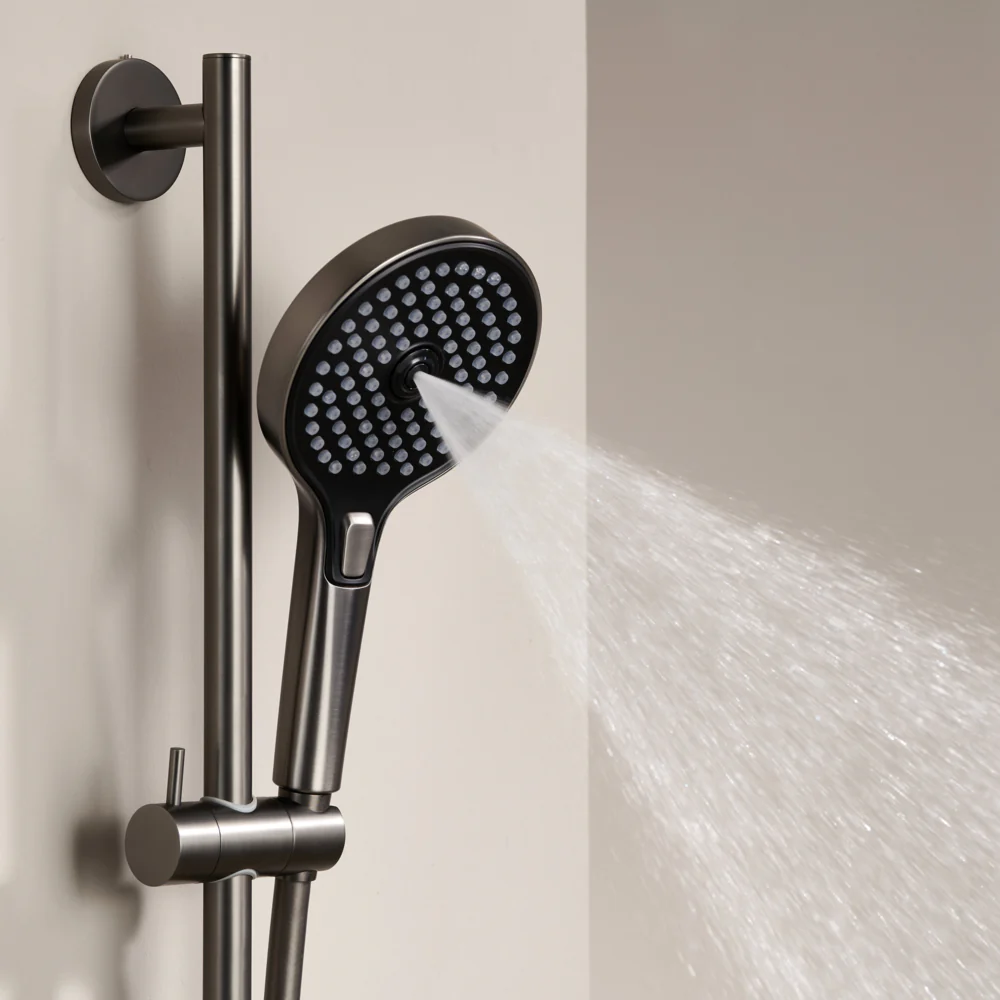Introduction:
Faucets are a fundamental component of any household, serving as the primary source of water for various activities like cooking, cleaning, and personal hygiene. With advancements in technology and design, there is now a lot a of faucet types available on the market, each with its own set of features, advantages, and drawbacks. In this article, we will delve into the comparison of different faucet types, outlining their pros and cons to help you make an informed decision for your home.
Compression Faucets:
Compression faucets are one of the oldest types of faucets and feature separate hot and cold water handles that are turned to control water flow. They operate by compressing a rubber washer against a valve seat to stop the flow of water.
Pros:
Simple design: Compression faucets are easy to understand and repair.
Affordable: They tend to be cheaper compared to other faucet types.
Widely available replacement parts: Since they are a traditional design, replacement parts are readily accessible.
Low Pressure System: They Can be suitable for low water pressure systems.
Cons:
Prone to leaks: The rubber washers wear out over time, leading to dripping and leaks.
Less durable: Constant compression of the washer can cause it to degrade faster.
Limited Feature: Limited in features and functionality compared to newer faucet designs.
Ball Faucets:
Ball faucets feature a single handle that controls both temperature and flow. Inside the faucet, there is a ball-shaped cap with chambers and rubber seals that regulate water flow and temperature.
Pros:
Easy to use: The single handle design allows for effortless control of both temperature and flow.
Less prone to leaks: With fewer moving parts, ball faucets are less susceptible to leaks compared to compression faucets.
Wide Range: Offers a wider range of motion for controlling water flow and temperature.
high water pressure systems: Suitable for high water pressure systems.
Cons:
Limited lifespan: The rubber seals and springs within the ball faucet can wear out over time.
More complex repair: Repairing a ball faucet can be more challenging due to its complicated internal mechanism.
Limited design options: Limited design options compared to newer faucet types.
Cartridge Faucets:
Cartridge faucets operate using a movable stem cartridge that controls water flow and temperature. They typically feature a single handle for easy operation.
Pros:
Durable: Cartridge faucets are known for their longevity due to the sturdy ceramic discs within the cartridge. 
Smooth operation: The cartridge design allows for smooth and precise control of water flow and temperature.
Low maintenance: They require minimal maintenance compared to other faucet types.
Wide Range: Available in a wide range of styles and finishes to suit different aesthetics.
Pressure Adjustment: Suitable for both low and high-water pressure systems.
Cons:
Cost: Cartridge faucets tend to be more expensive upfront due to their advanced technology.
Limited temperature control: Some cartridge faucets may have limitations in temperature adjustment, depending on the model.
Buildup: Some models may be sensitive to hard water, requiring regular cleaning to prevent buildup.
Complex: Requires more complex repair or replacement procedures compared to older faucet types.
Disk Faucets:
Disk faucets, also known as ceramic disk faucets, utilize two ceramic disks that slide over each other to control water flow and temperature. They typically feature a single lever handle.
Pros:
Excellent longevity: The ceramic disks are highly durable and resistant to wear, ensuring a longer lifespan for the faucet.
Precise control: Disk faucets offer precise control over water temperature and flow, allowing for easy adjustment.
Low Maintenance: Low maintenance, as ceramic discs do not wear out as quickly as rubber washers or O-rings.
Wide Range: Available in a wide range of designs and finishes to match any decor.
Cons:
Initial cost: Similar to cartridge faucets, disk faucets may have a higher initial cost due to their advanced technology.
Complexity: Repairing a disk faucet can be complex due to its intricate internal components.
Replacement Parts: Limited availability of replacement parts, which may make repairs more challenging.
Cleaning: Sensitive to hard water and mineral buildup, requiring periodic cleaning to maintain optimal performance.
Conclusion:
When selecting a faucet for your home, it’s essential to consider your preferences, budget, and maintenance requirements. Each faucet type has its own set of advantages and disadvantages, and by understanding these differences, you can make an informed decision that suits your needs. Whether you choose for the simplicity of a compression faucet, the convenience of a ball faucet, the durability of a cartridge faucet, or the precision of a disk faucet, there is a wide range of options available to enhance your kitchen or bathroom experience.



